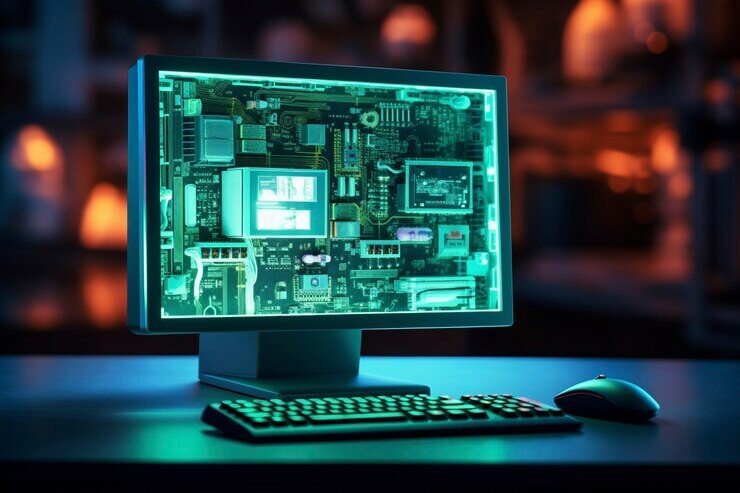
In today’s digital-first world, IT systems are expected to be highly available, resilient, and scalable. Downtime or performance degradation can quickly translate into lost revenue and diminished customer trust. Traditional monitoring and manual intervention are no longer sufficient to meet the demands of complex, distributed infrastructures. This is where self-healing systems come into play. By leveraging automation, monitoring, and intelligent design, self-healing systems detect, diagnose, and resolve issues without human intervention, ensuring smoother operations and greater reliability.
What Are Self-Healing Systems?
Self-healing systems are IT architectures designed to automatically identify problems and initiate corrective actions. Unlike conventional systems that depend on manual troubleshooting, self-healing solutions proactively address issues by monitoring metrics, detecting anomalies, and applying pre-defined or AI-driven responses. The goal is to minimize downtime, maintain service levels, and allow IT teams to focus on innovation rather than firefighting.
Design Patterns for Self-Healing Systems –
Several design patterns are commonly applied to build self-healing IT systems. The circuit breaker pattern prevents cascading failures by temporarily halting requests to a failing service until it recovers. The retry pattern enables systems to automatically reattempt failed operations, particularly useful in network or API communications. The watchdog pattern continuously monitors critical components and restarts them when failures occur. Another key pattern, the auto-scaling pattern, adjusts resources dynamically to handle fluctuating workloads. Additionally, declarative configuration and desired state management—common in container orchestration platforms like Kubernetes—ensure that systems automatically return to their intended state if changes or failures occur.
Real-World Implementations –
Self-healing systems are no longer theoretical—they are widely implemented across modern IT operations. Cloud providers such as AWS, Azure, and Google Cloud embed self-healing capabilities in their managed services, automatically replacing failed virtual machines or redistributing workloads. Kubernetes, a leading container orchestration platform, exemplifies self-healing through features like pod replication, node health checks, and automated restarts when containers crash. In DevOps environments, monitoring tools like Prometheus and observability platforms like Datadog can be integrated with automation frameworks to trigger self-healing workflows. Financial institutions, e-commerce companies, and SaaS providers use these mechanisms to maintain high availability while reducing the burden on operations teams.
Benefits and Challenges –
The benefits of self-healing systems are clear: improved uptime, reduced mean time to recovery (MTTR), and operational efficiency. They also support scalability by handling failures dynamically without requiring constant human oversight. However, implementing self-healing systems comes with challenges. Designing accurate detection mechanisms, avoiding false positives, and balancing automation with human oversight are critical considerations. Over-automation without proper guardrails can introduce risks, especially if corrective actions are misapplied.
The Future of Self-Healing IT –
As IT ecosystems grow more complex with microservices, hybrid clouds, and edge computing, the role of self-healing systems will become even more vital. Advances in artificial intelligence and machine learning will enable predictive healing, where systems not only respond to failures but also anticipate and prevent them. This evolution will redefine IT operations, shifting them from reactive to proactive modes. Organizations that embrace self-healing architectures today will be better prepared to deliver resilient, always-on services tomorrow.
Conclusion –
Self-healing systems represent a significant leap forward in modern IT operations, allowing organizations to ensure resilience, efficiency, and reliability at scale. By adopting proven design patterns and leveraging real-world implementations, businesses can reduce downtime, enhance customer satisfaction, and empower IT teams to focus on strategic initiatives. As automation and AI continue to mature, self-healing will move from being a competitive advantage to a foundational requirement in digital infrastructure.

